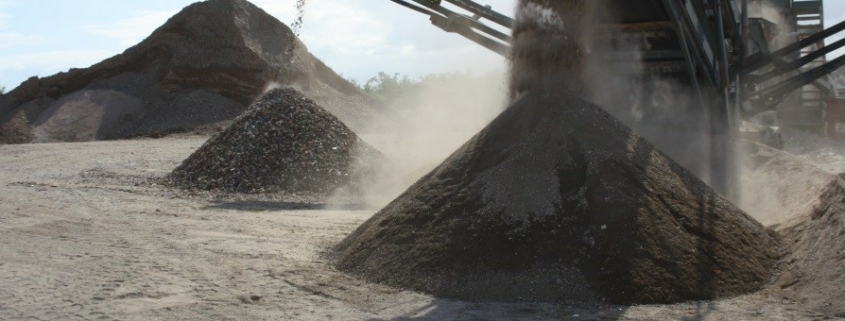HP 14 classification of mirror entries in the List of Wastes – proposals for further developing the German ‘Recommendations for the ecotoxicological characterization of wastes’
The European List of Wastes (Decision 2000/532/EC, amended by Decision 2014/955/EC) contains a list of waste types: absolute hazardous entries (wastes that are hazardous without further assessment), absolute non-hazardous entries (wastes that are non-hazardous without further assessment) and mirror entries (wastes that can be classified as either hazardous or non-hazardous, depending on their properties). A waste is defined as hazardous, if it displays at least one of 15 hazard properties or contains certain persistent organic pollutants (POPs) in concentrations above the specified limit values. The hazard property ‘ecotoxic’ (HP 14) can be evaluated using a calculation approach based on the content of hazardous substances in a waste sample or using ecotoxicity tests with the respective waste sample or waste sample eluate. Yet, at the EU level there are so far no specific requirements for HP 14 classification based on testing, i.e. it is not specified which bioassays should be used and which results should lead to an HP 14 classification. Therefore, decisions on the acceptability and interpretation of the results of biological tests with waste samples or eluates are currently under the responsibility of the EU member states. In several member states including Germany, recommendations for the ecotoxicological characterisation of wastes have been published.
The objective of the present project was to develop proposals for updating and further developing the ‘Recommendations for the ecotoxicological characterization of wastes’ published by the German Environment Agency in 2013. A literature search was performed to identify biotest-based strategies for the HP 14 classification of waste, approaches to sampling, sample pre-treatment and elution as well as relevant ecotoxicological test methods. The strategy proposed in the UBA recommendations for HP 14 classification of mirror entries was verified, and initial suggestions were made for its update and further development. These suggestions were then reviewed based on sampling, sample preparation and ecotoxicity testing of 10 waste samples from mirror entries (flue-gas dust, soil and stones, fluff-light fractions and dust). Considering the results and experiences and discussions with stakeholders, the initial suggestions were further elaborated. They relate to sampling, sample pre-treatment, subsampling in the laboratory, elution, ecotoxicity testing, and minimum requirements for reporting. In addition, issues were identified for which there is a need for action at regulatory level, and proposals were made for adjustments to the test guidelines for the biotests.
Results of the project were presented at the SETAC Europe 34th annual meeting:
J. Blöcher, K. Duis, S. Jänsch, R. Ketelhut, A. Coors: Improving the ecotoxicity assessment of waste from mirror entries: evaluating the suitability of a biotest battery. Poster session ‘Advancing the use of effect-based approaches for water quality assessment’ [read more]
The final report of the project is available in English and German:
Duis, K., Jänsch, S., Blöcher, J., Coors, A., Ketelhut, R. (2024). HP 14 classification of mirror entries in the List of Wastes – elaboration of proposals for further developing the German ‘Recommendations for the ecotoxicological characterization of wastes’. UBA-Texte 120/2024. [read more]
Duis, K., Jänsch, S., Blöcher, J., Coors, A., Ketelhut, R. (2024). Einstufung von Spiegeleinträgen im Abfallverzeichnis nach HP 14 – Erarbeitung von Vorschlägen für eine Weiterentwicklung der Handlungsempfehlung zur ökotoxikologischen Charakterisierung von Abfällen. UBA-Texte 119/2024. [read more]
Last update: August 2024

 Ralf Ketelhut
Ralf Ketelhut T. Junker
T. Junker